2023/24 Boards delivered
Location: St Marys Churchyard:
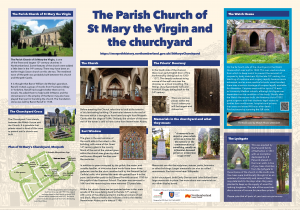 |
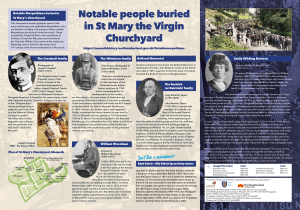 |
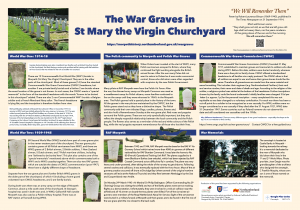 |
| Lych Gate:
Curation by: Sheila Clark (KEVI Teacher), GMDT Dai Richards, Rev Simon White – St Marys Church Can be found via: Google plus: 5865+28 or What 3 Words: maple.pint.earphones Website: https://MorpethHistory.Northumberland.gov.uk/StMarysChurchyard |
Notable Morpethians:
Curation by: Sheila Clark (KEVI Teacher), KEVI students (Earlene Sequira, Tom Clark) Can be found via: Google plus: 5864+5F or What 3 Words: argued.downcast.bleaker Website: https://morpethhistory.northumberland.gov.uk/Notablemorpethians
|
War Graves in St Marys Churchyard:
Curation by: Sheila Clark (KEVI Teacher), KEVI students (Dylan Sneddon, Catalina Chaundler-Martinez) Can be found via: Google plus: 5853+XV or What 3 Words: continuous.hockey.grudge Website: https://Morpethhistory.northumberland.gov.uk/Wargraves
|
Location: High Stanners:
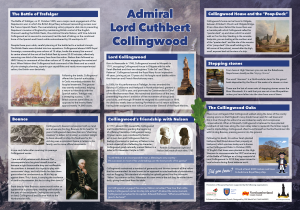 |
| Admiral Lord Collingwood:
Curation by: Sheila Clark (KEVI Teacher), KEVI students (Chloe Coward, Mary Alexandru), GMDT Dai Richards, Collingwood society Nigel Collingwood and Paul Macdonald Can be found via: Google plus: 5894+HH or What 3 Words: negotiators.hems.hairspray Website: https://MorpethHistory.Northumberland.gov.uk/LordCollingwood |
Location: Carlisle Park:
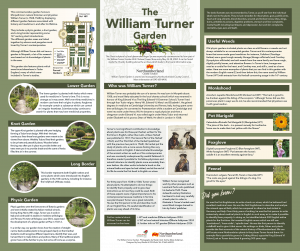 |
| William Turner and his gardens:
Curation by: Sheila Clark (KEVI Teacher), KEVI students (Riya Grimes, Amy Wardle (Graphics) and William Turner expert Dr Marie Addyman. Can be found via: Google plus: 5887+28 or What 3 Words: knees.skylights.tumble |
Location: Banks of River Wansbeck – behind Morrisons store:
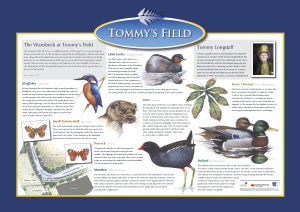 |
| Tommy’s Field
No Curation – recreated using AI technology, supported by Morpeth Town Council Can be found via: Google plus: 5898+XF or What 3 Words: noun.meanders.crow |
Inside Morpeth article Aug/Sept 2024: – Editor Ian Leech
SIGNS of times past in Morpeth
Sixth-form KEVI students have worked with Greater Morpeth Development Trust to create a number of fascinating new information boards telling some of the perhaps lesser-known stories about events and notable people from the town’s past.
The first of the new boards have just been unveiled in and around St Mary’s Churchyard and more will follow over the next few months. In a unique twist they contain a Navilens QR code which visually impaired people will be able to use to access and share their information, something which has never happened before anywhere in the UK on historic information boards.
A good number of years ago the Trust began commissioning a series of information boards around the town, to help both residents and visitors to understand more about Morpeth’s rich history and heritage – delivered via the Castle Woods and Water project. As well as learning about the wildlife, flora and fauna they could enjoy seeing these boards on woodland and riverside walks. Some of these original boards, which are still in place, were written and illustrated by good friends, Alan Davidson and John Caffrey who shared not only a love of Morpeth, but the countryside on the town’s doorsteps.
At the beginning of the last academic year, June 2023, Dai Richards, now GMDT’s Director of Environment, approached the school to see if any of its students would like to join the Trust in uncovering more stories and information from Morpeth’s past, to add a new series of boards to the existing ones, and as their teacher Sheila Clark told me: “Almost immediately seven of students studying a range of A Level subjects from Art, Graphics, Computer Science, Pyschology and Maths jumped at the chance”.
Since then those seven students – Chloe Coward, Mary Alexandru, Dylan Sneddon, Tom Clarke, Earlene Sequeira, Amy Wardle and Catalina Chaundler- Martinez – have worked with GMDT to get the boards ready to be unveiled.
The first three about St Mary’s Churchyard; Notable Morpethians, War Graves, Lych Gate are now in place and will be followed in a few weeks’ time by two more about the ‘father of English Botany’ William Turner, who was born in Morpeth around 1508 and Admiral Lord Nelson’s second-in-command at the Battle of Trafalgar in 1815, Admiral Lord Collingwood whose family home when he was not at sea, was in Oldgate.
Among the Notable Morpethians featured on the board as being buried in St Mary’s Churchyard are; suffragette Emily Wilding Davison, artist Joseph Crawhall who was one of the famous ‘Glasgow Boys’ group of painters; solicitor and town clerk William Woodman who helped in the building of the new Grammar School in Cottingwood Lane; Robert Whinham who grew a distinctive red variety of gooseberry at his Allery Banks nursery; jockeys Ralph Bullock and his nephew Billy who won the Epsom derby in 1861 and 1908 respectively on their horses Kettledrum and Signoretta; and John Rastrick who built a threshing machine that revolutionised the farming industry and his son John Urpeth, who became one of the first steam locomotive engineers.
The war graves’ display board features a corner of the churchyard where soldiers and airmen from both World Wars are buried including flyers who lost their lives in crashes while training at the RAF Morpeth Gunnery school between 1942 and 1944. Many pilots at RAF Morpeth were from the Polish Air Force and had escaped to Britain to fight alongside British Armed Forces. After the war ended many Poles chose not to return home but stayed at a disused army camp on Morpeth Common with their families until they were rehoused locally in the 1960’s.
“when we carried out a survey of original boards, we found some needed repairing and some refreshing” commented Dai. “But, we also decided we wanted to do a little more than that by improving and expanding on the information available, so that people could learn more about our town and some of the notable people who were either born or lived in Morpeth”.
Dai said it was also decided that the project should make available, by incorporating the new Navilens QR Code designed to benefit the visually impaired by enabling them to log onto a QR code to access the website that sits behind the boards. As he said, this is the first time the new Navilens codes have been used in this way anywhere in the UK.
All the students said the project had been a fascinating one to be involved with and they had learned so much about their town’s past, and some if its more notable residents. As Catalina said: “For example we knew nothing about the war graves in St Mary’s Churchyard until we started our research”, while Tom added: “We hope people take time to look at the boards and learn more about the stories behind them. What really pleases us is that the boards will still be here long after we have moved on from KEVI”.
Sheila Clark added: “With Dai and GMDT’s support and the help of various experts from Morpeth Heritage groups, the project has given our students the chance to learn a great deal about famous local people and places”. The students, she said had worked with Newcastle University Public History degree students, exploring common grounds for research as well as working with Northumberland County Council staff to develop plans for a new history website, them hosting guests in school such as Nigel Collingwood and Paul MacDonald from the Collingwood Society, Mike Booth, a volunteer from the Commonwealth War Graves Commission, Andrew Tebbutt on behalf of Emily Wilding Davison’s family, Frances Povey from the NCC’s Green spaces and Dr Marie Addyman, a specialist in the history of William Turner.
Students Amy Wardle took the lead in designing some of the boards and worked alongside professional print manager Darren Turner of CBS Wold, Alnwick, to produce the finished display boards. Three of Morpeth’s Northumberland County Councillors – Richard Wearmouth, John Beynon and David Bawn – between them contributed £2,500 from their councillor’s allowance funds towards the cost of the new boards, while Morpeth Town Council has helped with the repair of some of the original boards.
OUR SINCERE THANKS TO INSIDE MORPETH reporter Ian LEECH – his support of our project has been exceptional – thank you Ian.